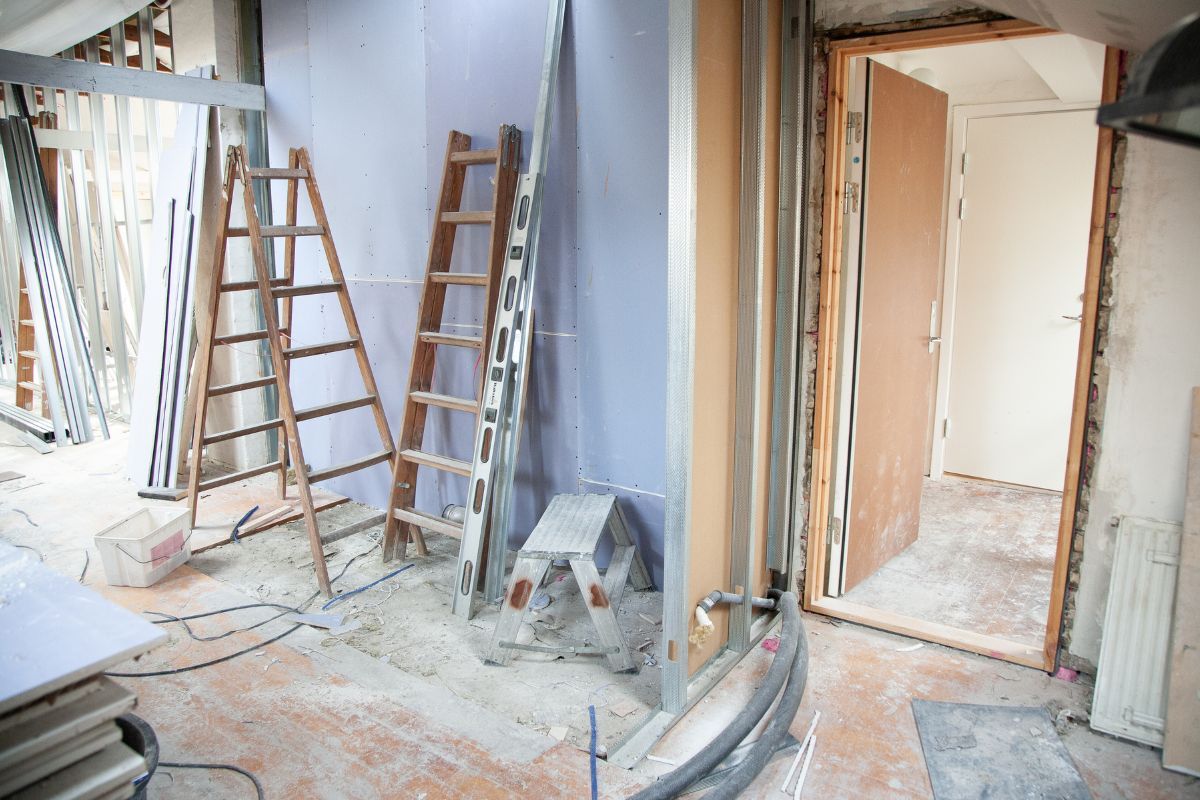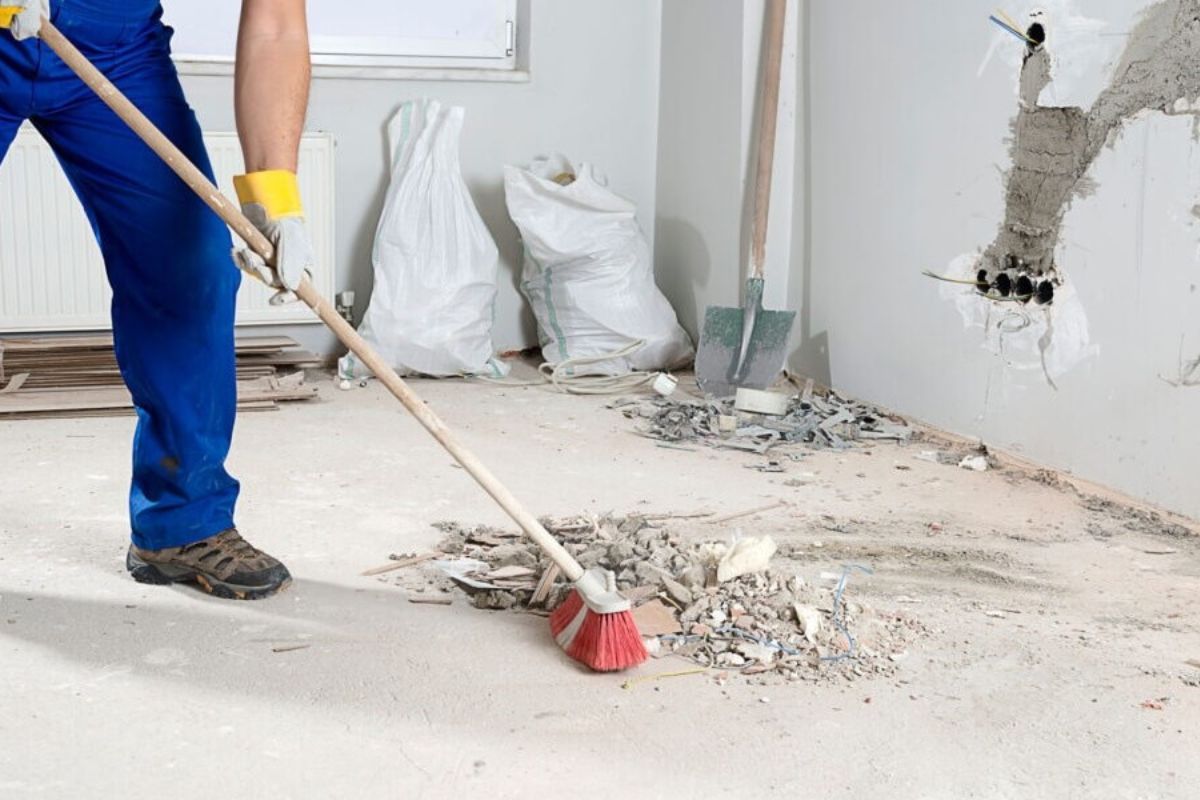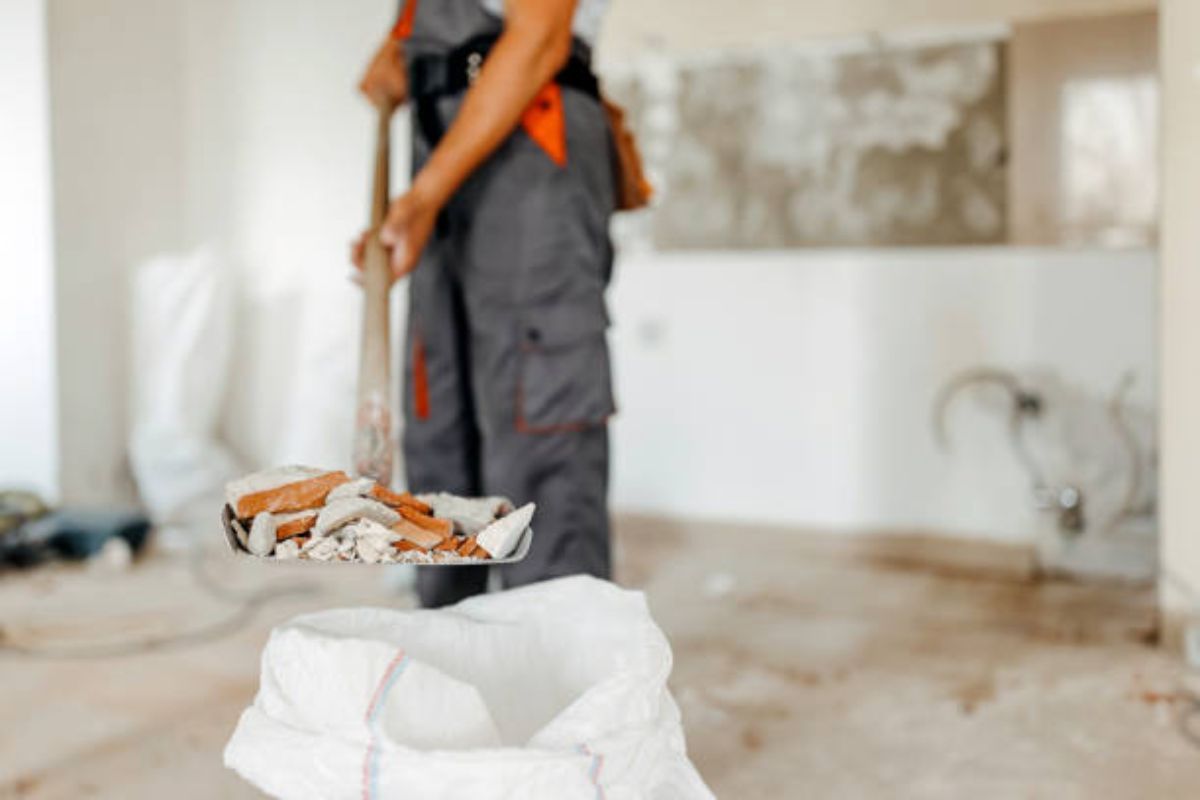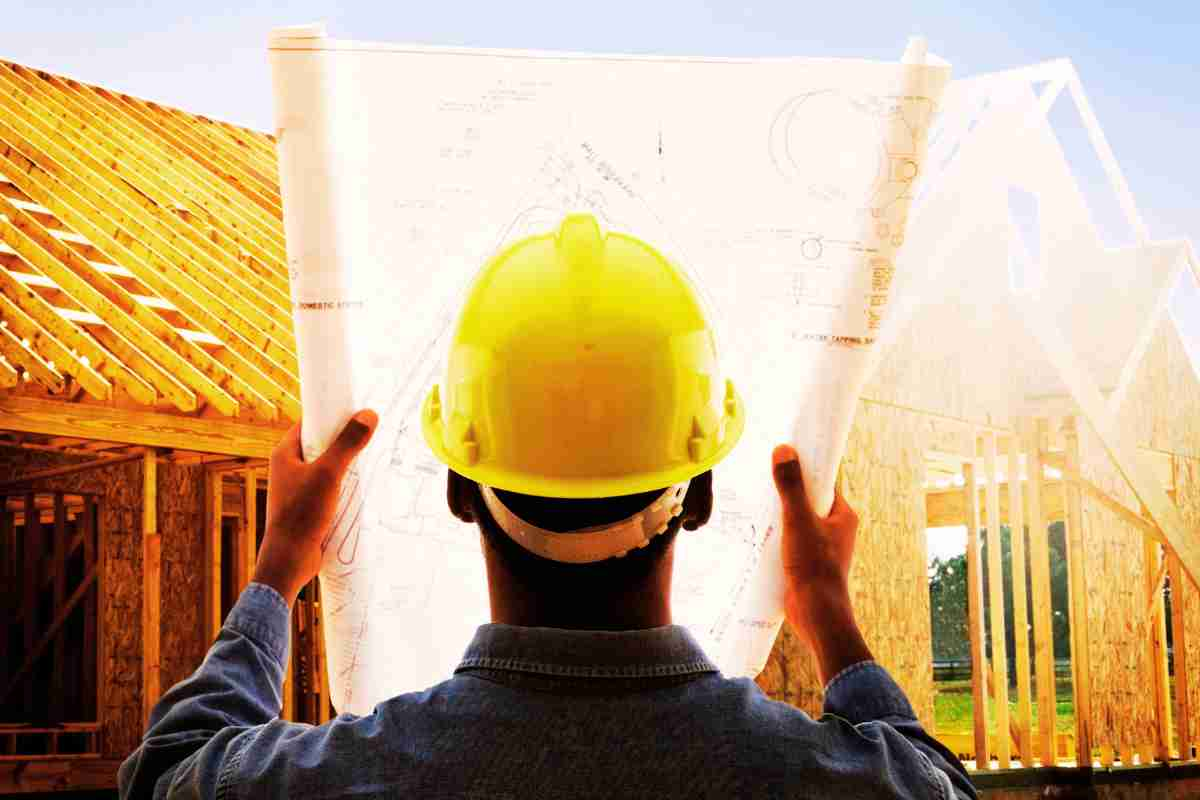How Dusty Will My House Get During Construction Work?
Exploring the dust levels during home renovations. Learn what to expect and how to manage the mess in your remodeling project.

Home improvements are always a thrilling endeavor, providing you with the opportunity to redesign, remodel, and personalize your home to meet your specific taste and needs. Yet, the potential mess that comes with these renovations, particularly dust, can be quite the dampener. Today, we will explore just how dusty your house may get during construction work.
The Dust Storm of Construction Work

When construction work takes place, it's virtually inevitable that dust will be created. It’s part and parcel of the process, from the tiniest repair to the most significant reconstruction. Dust can arise from various activities such as cutting, sanding, and demolishing parts of the structure. While the exact amount varies depending on the scale and type of work, you can expect a considerable volume of dust to be produced, even from minor projects.
Impact of Dust on Your Home and Health

Dust doesn’t just look unsightly; it can infiltrate every nook and cranny of your home, including your HVAC system, which could potentially circulate it throughout your house. Beyond being a cleaning headache, this pervasive dust can pose health risks. People with allergies or respiratory conditions like asthma may find their symptoms exacerbated by the increased particulates in the air.
Mitigating Dust During Construction

The good news is there are steps you can take to mitigate the dust produced during construction work. Professional builders in the UK usually employ a variety of methods to control dust and minimize its spread throughout your home.
Segregate Construction Areas
Sealing off the construction area is one of the simplest yet most effective ways to prevent dust from spreading. This can be done using heavy-duty plastic sheeting and dust barriers.
Use Dust Extractors
Dust extractors is a phrase you may want to familiarise yourself with. These devices are designed to remove dust at the source, thereby reducing the amount that gets spread around. While they won't eliminate dust entirely, they can significantly cut down on the volume.
Clean Regularly

Regular and thorough cleaning is vital to keep dust levels under control. This includes frequent sweeping, vacuuming, and mopping of your home. Air purifiers can also be helpful in reducing airborne dust particles.
Regulations and Standards
In the UK, the Health and Safety Executive (HSE) has guidelines concerning dust control in construction sites to protect workers' health. These guidelines stipulate, among other things, that contractors use tools fitted with dust extraction facilities when working in environments where dust generation is high.

Moreover, as part of the Construction Design and Management (CDM) regulations, contractors are required to manage health and safety risks, including dust. These requirements underscore the importance of hiring a professional contractor who understands and complies with these standards.
Conclusion
While dust generation is an unavoidable component of construction work, it needn't turn your home into a dusty nightmare. By implementing appropriate dust management strategies and hiring a professional builder who adheres to the HSE's regulations, you can keep dust levels to a minimum and maintain a healthier, cleaner home during renovations. Always remember, though the journey might be dusty, the end result is usually worth the hassle.




Comments ()